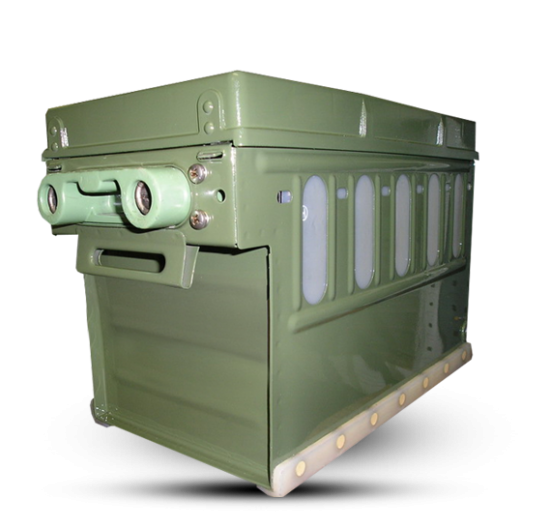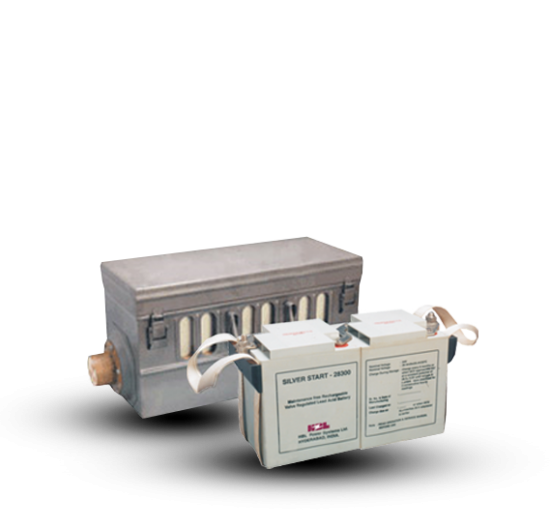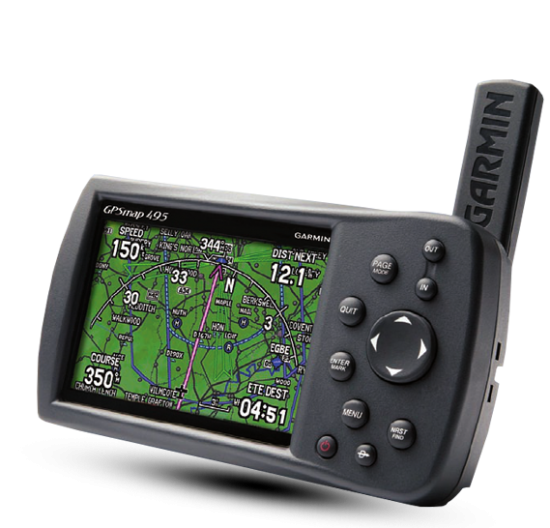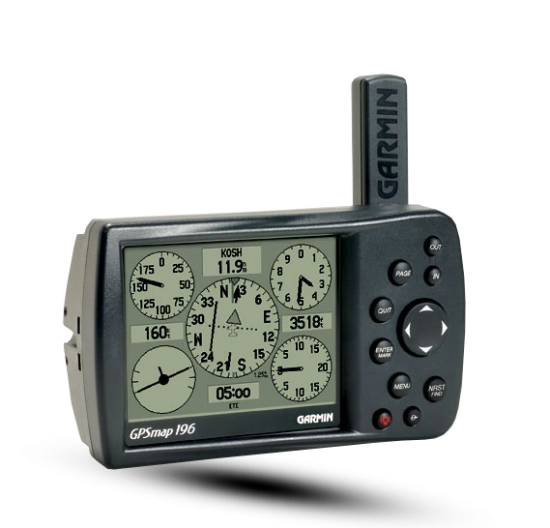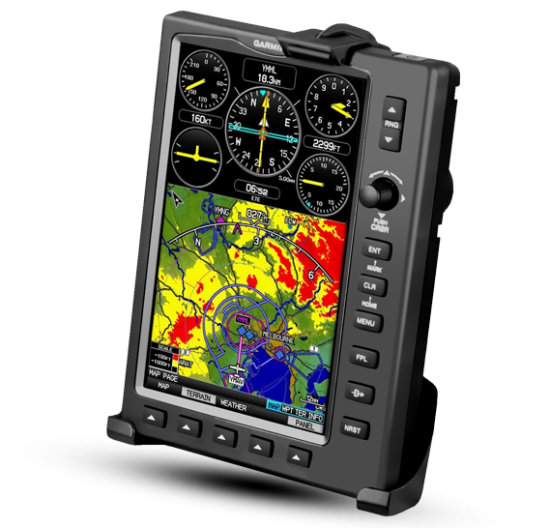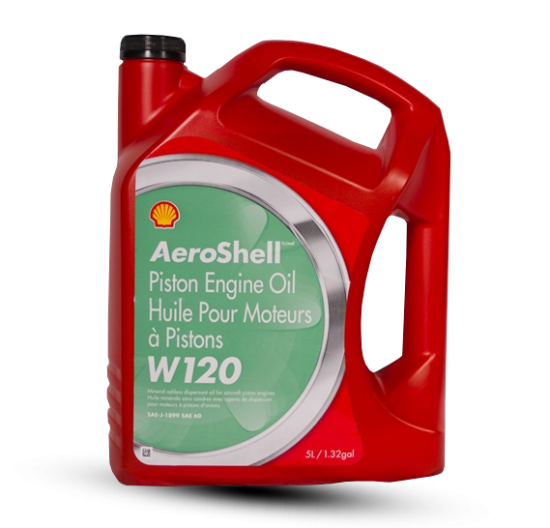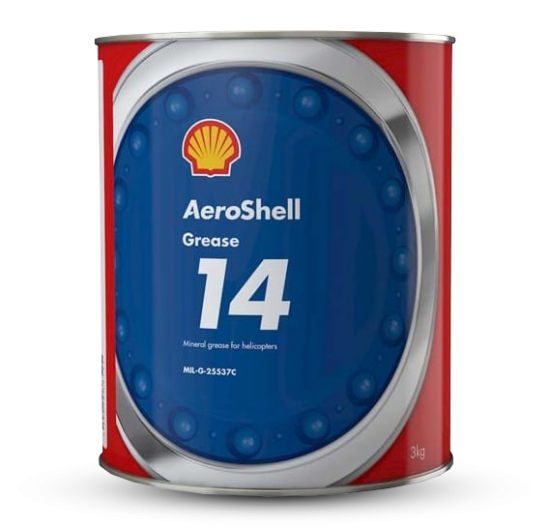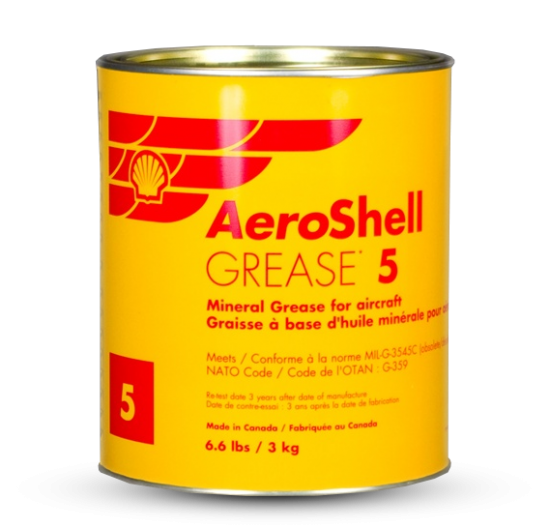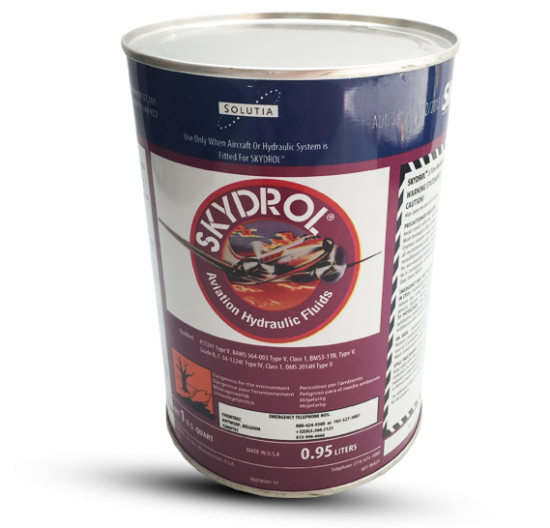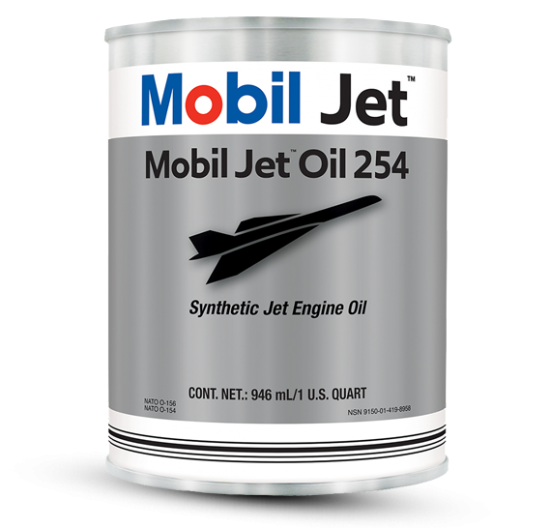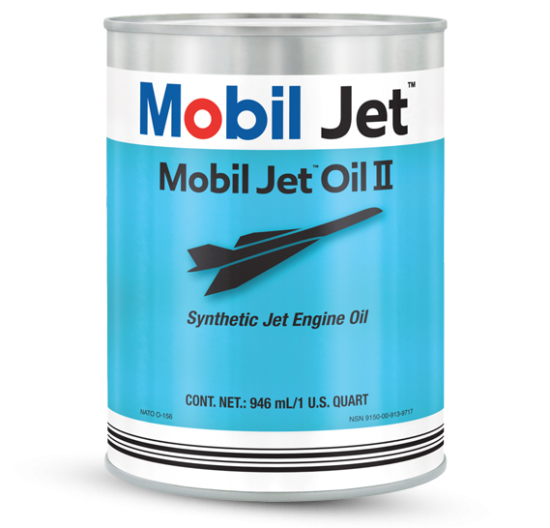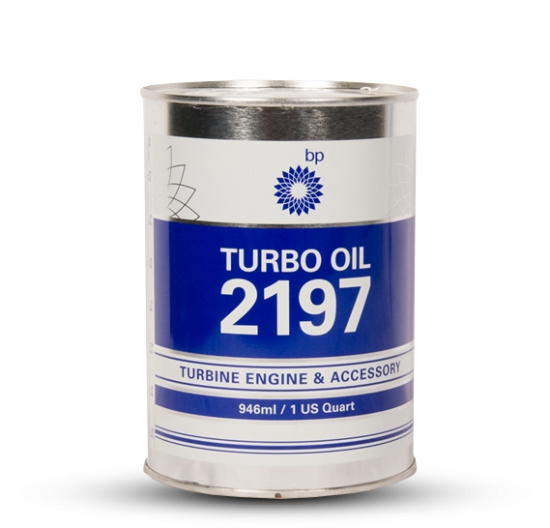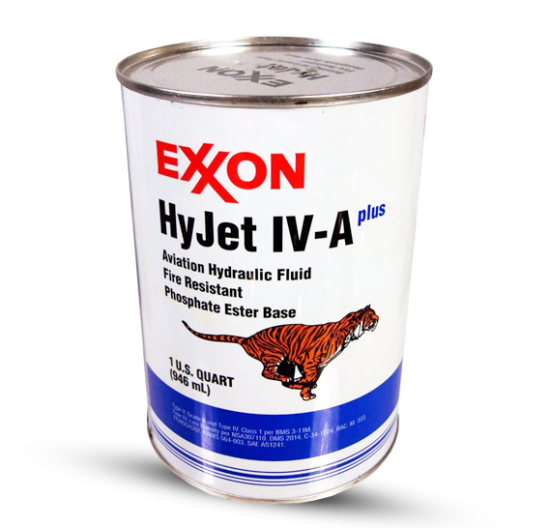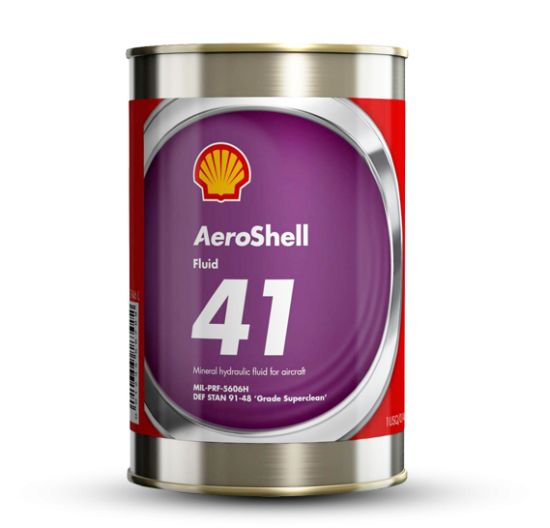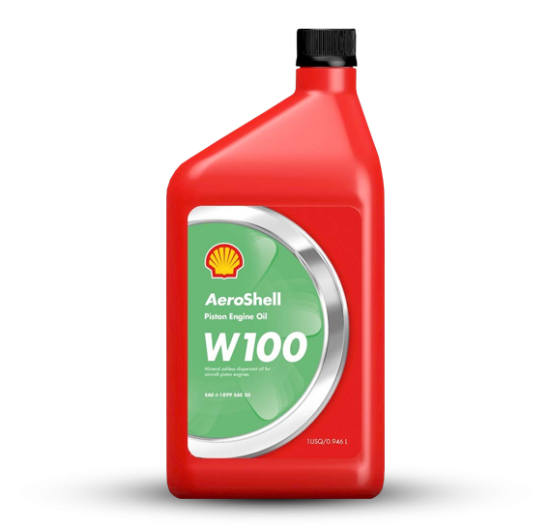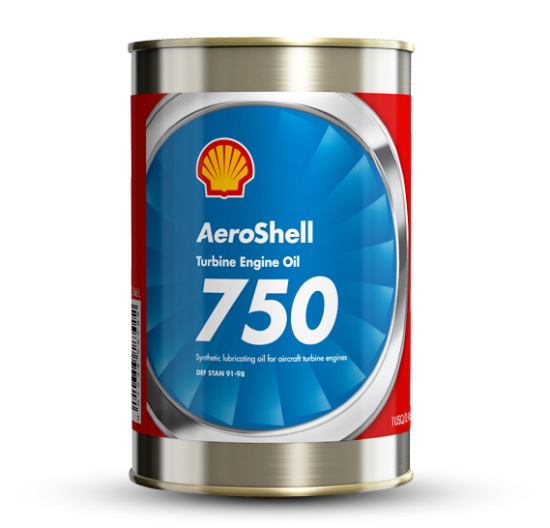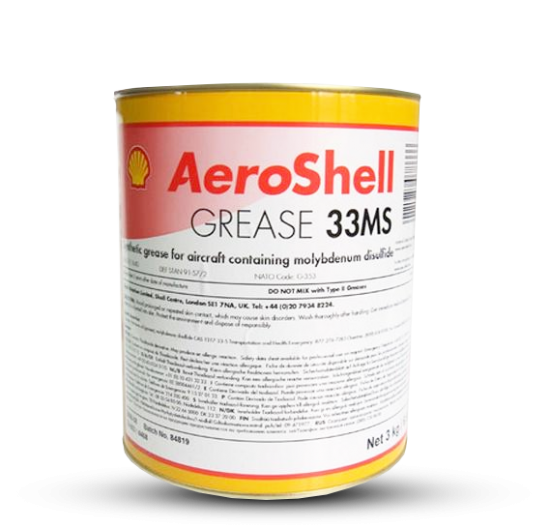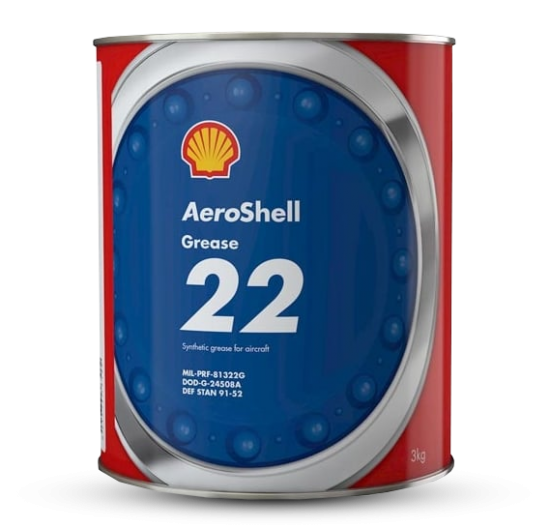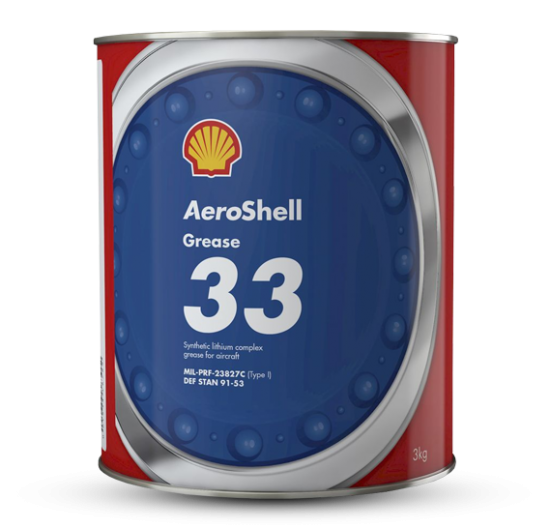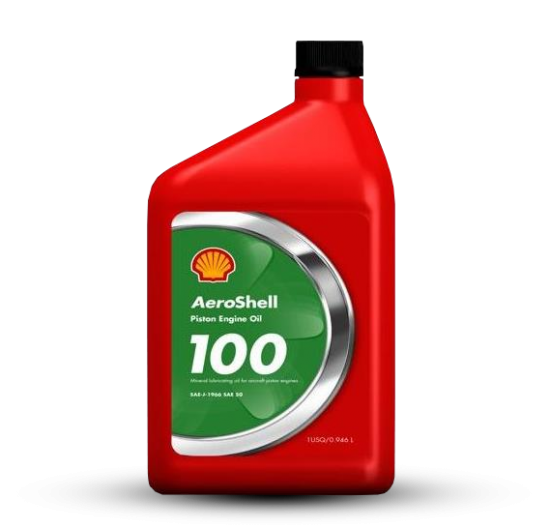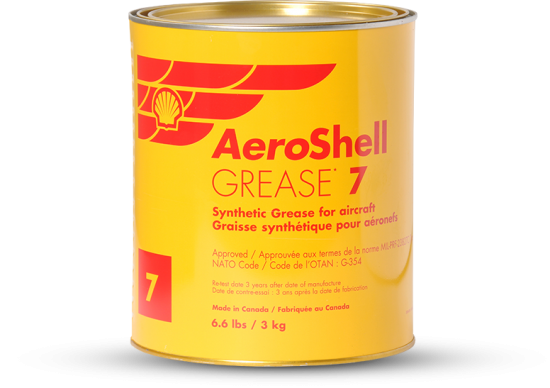
BP Turbo Oil 2380
Trast Aerosupermarket (Aquiline Internationl Goup of Companies) offers BP Turbo Oil 2380 from its premises at Sharjah International Airport Free Zone (SAIF Zone) available for immediate delivery worldwide.
UAE Phone: +971 (6) 5570710, International phone: +8 835 1000 124 3547 e-mail: 
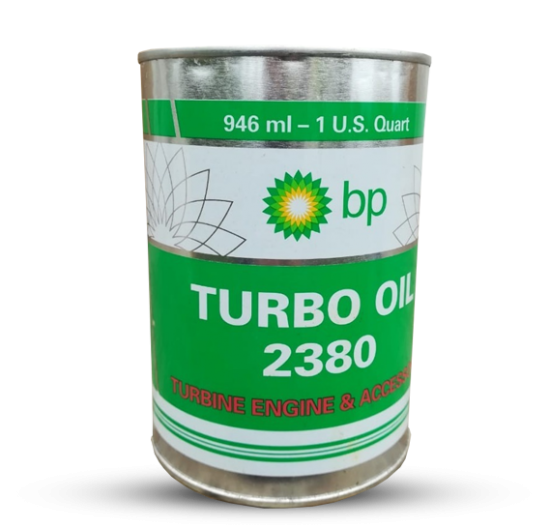
Sale BP Turbo Oil 2380
Application
Lubricating BPTO for aviation turbine engines. This synthetic lubricant should not be mixed with petroleum based oils or used in aircraft or automomobile piston engines. For specific application advice see appropriate Technical Data Sheet or consult your BP representative
COMPOSITION/INFORMATION ON INGREDIENTS Chemical Composition
Synthetic base stock. (90 - 100%)
Tris(methylphenyl) phosphate CAS No. 1330-78-5 EINECS No. 215 -548-8 (<3%) (contains <0.1% ortho isomer)
Mixed aromatic amines (<5%)
Hazardous Components
No component is present at sufficient concentration to require a hazardous classification.
HAZARDS IDENTIFICATION
This material is not considered to be hazardous but should be handled in accordance with good industrial hygiene and safety practices.
FIRST-AID MEASURES
Eyes
Wash eye thoroughly with copious quantities of water ensuring eyelids are held open. Obtain medical advice if any pain or redness develops or persists.
Skin
Wash skin thoroughly with soap and water as soon as reasonably practicable. Remove heavily contaminated clothing and wash underlying skin.
Ingestion
If contamination of the mouth occurs wash out thoroughly with water. Except as a deliberate act the ingestion of large amounts of product is unlikely. If it should occur do not induce vomiting obtain medical advice.
Inhalation
If inhalation of mists fumes or vapour causes irritation to the nose or throat or coughing remove to fresh air. If symptoms persist obtain medical advice.
Medical Advice
Treatment should in general be symptomatic and directed to relieving any effects.
FIRE-FIGHTING MEASURES
Use foam dry powder or water fog. DO NOT USE water jets. Fires in confined spaces should be dealt with by trained personnel wearing approved breathing apparatus. Water may be used to cool nearby heat exposed areas/objects/packages. Avoid spraying directly into storage containers because of the danger of boil-over.
Combustion Products
Toxic fumes may be evolved on burning or exposure to heat. See Stability and Reactivity Section 10 of this Safety Data Sheet.
ACCIDENTAL RELEASE MEASURES
Contain and recover spilled material using sand or other suitable inert absorbent material. It is advised that stocks of suitable absorbent material should be held in quantities sufficient to deal with any spillage which may be reasonably anticipated. Spilled material may make surfaces slippery. Protect drains from potential spills to minimise contamination. Do not wash product into drainage system. In the case of large spills contact the appropriate authorities. In the case of spillage on water the product may emulsify when shaken or mixed and recovery may be difficult. In the case of spillage on water prevent the spread of product by the use of suitable barrier equipment. Recover product from the surface. Protect environmentally sensitive areas and water supplies.
HANDLING AND STORAGE Handling Precautions
Avoid contact with eyes. If splashing is likely to occur wear a full face visor or chemical goggles as appropriate. Avoid frequent or prolonged skin contact with fresh or used product. Good working practices high standards of personal hygiene and plant cleanliness must be maintained at all times.
Wash hands thoroughly after contact. Use disposable cloths and discard when soiled. Do not put soiled cloths into pockets.
Storage Conditions
Store under cover away from heat and sources of ignition. Avoid temperatures above 60°C
EXPOSURE CONTROLS/PERSONAL PROTECTIONExposure Limits
There is no appropriate occupational exposure limit for this material. Ensure good ventilation. Avoid as far as reasonably practicable inhalation of vapour mists or fumes generated during use. If vapour mists or fumes are generated their concentration in the workplace air should be controlled to the lowest reasonably practicable level.
Fire Prevention
Product contaminated rags paper or material used to absorb spillages represent a fire hazard and should not be allowed to accumulate. Dispose of safely immediately after use.
Protective Clothing
Wear face visor or goggles in circumstances where eye contact can accidentally occur. If skin contact is likely wear impervious protective clothing and/or gloves. Protective clothing should be regularly dry cleaned. Change heavily contaminated clothing as soon as reasonably practicable dry clean launder and preferably starch before re-use. Wash any contaminated underlying skin with soap and water.
Respiratory Protection
If operations are such that exposure to vapour mist or fume may be anticipated then suitable approved respiratory equipment should be worn. The use of respiratory equipment must be strictly in accordance with the manufacturers' instructions and any statutory requirements governing its selection and use.
Hazardous Decomposition Products
Thermal decomposition products will vary with conditions. Incomplete combustion will generate smoke carbon dioxide and hazardous gases including carbon monoxide and oxides of sulphur nitrogen and phosphorus.
TOXICOLOGICAL INFORMATION Eyes
Unlikely to cause more than transient stinging or redness if accidental eye contact occurs.
Skin
Unlikely to cause harm to the skin on brief or occasional contact but prolonged or repeated exposure may lead to dermatitis.
Ingestion
Unlikely to cause harm if accidentally swallowed in small doses though larger quantities may cause nausea and diarrhoea.
Inhalation
At normal ambient temperatures this product will be unlikely to present an inhalation hazard because of its low volatility. May cause irritation to eyes nose and throat due to exposure to vapour mists or fumes. May be harmful by inhalation if exposure to vapour mists or fumes resulting from thermal decomposition products occurs.
ECOLOGICAL INFORMATION Mobility
Spillages may penetrate the soil causing ground water contamination.
Persistence and degradability
No data available.
Bioaccumulative potential
There is no evidence to suggest bioaccumulation will occur.
Aquatic toxicity
Spills may form a film on water surfaces causing physical damage to organisms. Oxygen transfer could also be impaired.
DISPOSAL CONSIDERATIONS
Dispose of via an authorised person/ licensed waste disposal contractor in accordance with local regulations. Incineration may be carried out under controlled conditions provided that local regulations for emissions are met.
TRANSPORT INFORMATION
Not classified as hazardous for transport (NZ Standard 5433 UN IATA/ICAO IMO).
REGULATORY INFORMATION
Not classified using the criteria in the NZ Toxic Substances and Dangerous Goods Regulations.
OTHER INFORMATION Compiled by:
Product Stewardship Group BP Oil Technology Centre Chertsey Road Sunbury-on-Thames Middlesex TW16 7LN
This data sheet and the health safety and environmental information it contains is considered to be accurate as of the date specified below. We have reviewed any information contained herein which we received from sources outside the BP Amoco Group of Companies. However no warranty or representation express or implied is made as to the accuracy or completeness of the data and information contained in this data sheet.
Health and safety precautions and environmental advice noted in this data sheet may not be accurate for all individuals and/or situations. It is the user's obligation to evaluate and use this product safely and to comply with all applicable laws and regulations. No statement made in this data sheet shall be construed as a permission recommendation or authorization given or implied to practise any patented invention without a valid licence. The BP Amoco Group shall not be responsible for any damage or injury resulting from abnormal use of the material
from any failure to adhere to recommendations or from any hazards inherent in the nature of the material.
SHEET REVISIONS DATE SECTIONS REVISED --SHEET NO: SAV0104 ISSUE DATE: 05/03/2001 REVISION OF SHEET DATED:
» Approvals
» Msds
» Premier accessory performance
» Technical Service
» Future Outlook
» Health and Safety Precautions
BP Turbo Oil (BPTO) 2380, available throughout the world, is now being used by over 350 airlines representing a majority of the free world’s commercial airline requirement for 5 cSt turbo oils. This fact attests to the outstanding performance of this product in the wide variety of engines and accessories now in service.
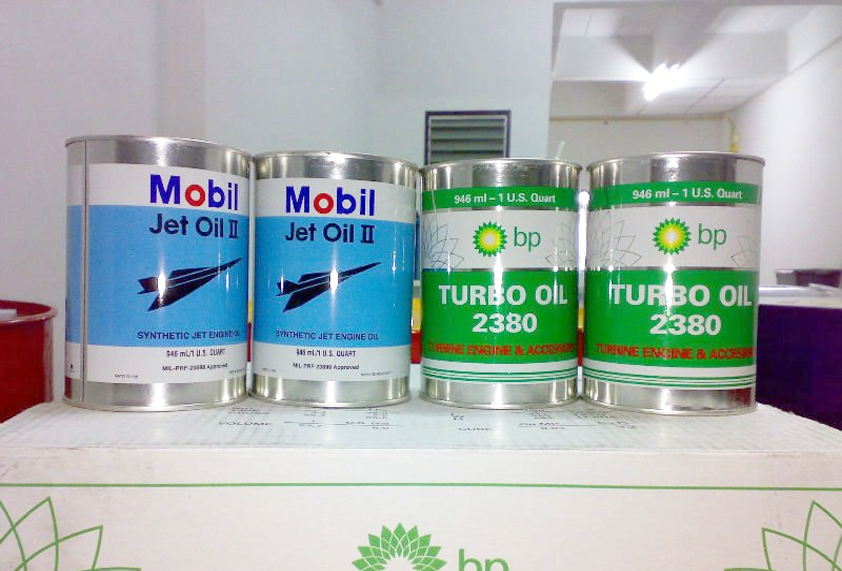
OUR BEST OFFER!
TRAST Aerosupermarket
